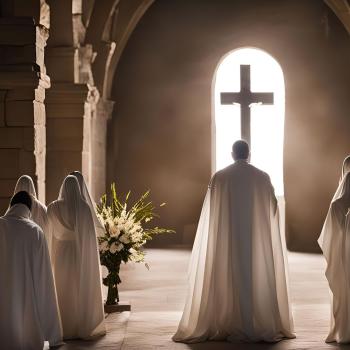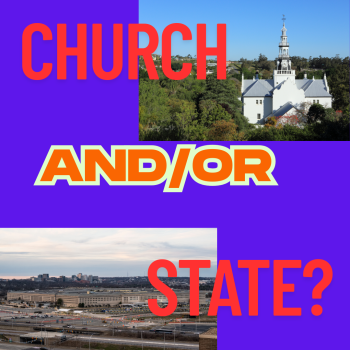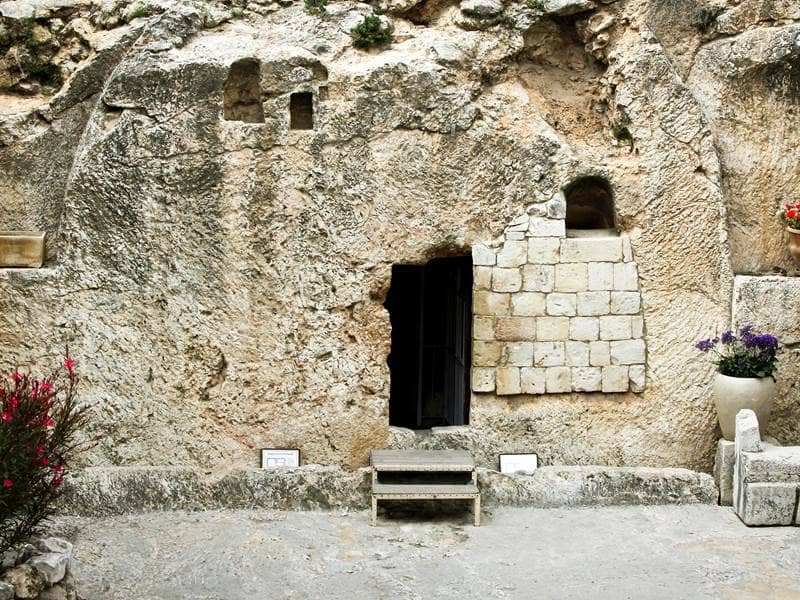
- Trending:
- Pope Leo Xiv
- |
- Israel
- |
- Trump
- |
- Social Justice
- |
- Peace
- |
- Love
The 100 Most Holy Places On Earth
The Garden Tomb

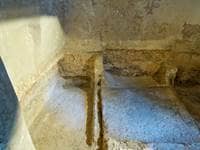
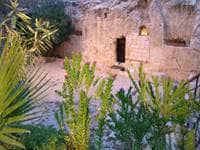
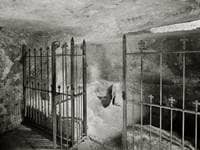
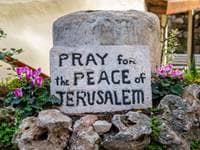
Associated Faiths:
Mostly visited by practitioners of the various Protestant denominations, but frequented by other High and Low-Church Christian traditions as well.
Accessibility:
Open to visitors.
Annual visitors: 640,000
History
Though there are two sites traditionally referred to as the “Tomb of Jesus,” one (found in the Church of the Holy Sepulcher) tends to be venerated by Catholics and Orthodox Christians, while the other (the Garden Tomb) tends to be more of a draw for protestant Christians. Excavated in 1867, the Garden Tomb is an 8th-7th century BEC rock-hewn crypt. It’s biggest appeal, making it a contender for the tomb of Christ, is that it looks very much like the biblical description of Joseph of Arimathea’s tomb, in which Jesus was buried.
Because this tomb dates to many hundreds of years prior to Christ, and because the Bible states that Jesus was buried in a “newly hewn” tomb, many archeologists argue that this simply cannot be the tomb of Christ. Additionally, the cistern (which could be used to maintain a garden) and the trough in front of the tomb (which some have assumed was the track on which the stone that covered the entrance to the tomb rolled) both date to somewhere around the 12th or 13th centuries AD. Thus, again, they are not from the right period to be associated with Christ.
That being said, the biblical account places the Garden Tomb at or near a place referred to as the “place of the skull.” Indeed, the word “Golgotha” is Aramaic for “skull” and its correlative term, “Calvary,” is Latin for “bald head” or “skull” headed. Thus, one of the reasons the Garden Tomb has been so frequently assumed to be the correct location of Jesus’ grave is the fact that the hill where the tomb is located has a couple of caves on its face which form the unquestionable image of a skull.
In the second half of the 19th century, several other tombs were found near the site of the Garden Tomb. While it seems evident that the Garden Tomb itself is way too old to be the burial tomb of Jesus, it is possible that another tomb in the area is close enough to the “place of the skull” to qualify. Indeed, since the current Garden Tomb was only excavated in the 19th century, it is possible that the actual tomb of Christ may have yet to be unearthed but may be in the general vicinity of what protestants tend to think is the biblical Golgotha and its Garden Tomb.
Religious Significance
Describing why the Garden Tomb is a place of pilgrimage and a “sacred site” for Christians almost seems like a moot exercise. For any who understand Christianity’s doctrine, they will also know that Jesus is the center of that doctrine. And, above all else, the Ransom Sacrifice of Christ it the most important of all Christian doctrines. Thus, Jerusalem’s Garden Tomb is holy because it is a monument to the truth that Jesus “was crucified for us under Pontius Pilate, and suffered, and was buried. And the third day He arose again,” as the Creed states.
Some will argue, “How can a site such as this be holy if there is evidence enough to call into question its authenticity?” Simply put, if you look at the most important ancient holy sites of every major world religion, all of them are approximations. None of them are known for certain to be the “right place.” Indeed, in most cases, there is genuine doubt about the historical accuracy of the traditional sites. And yet, this begs the question, “What makes a site holy?” Is it some form of proof that the correct site has been found? Is it strong evidence that the events attributed to the place actually happened? Or is it the faith of the believer in the purported events and their salvific efficacy—wherever they may have taken place?
The ongoing arguments about which is the correct location of Jesus’ tomb—the Church of the Holy Sepulcher or the Garden Tomb—miss the point of what makes both of those sites sacred. It is the faith of the pilgrim in the event depicted by the church or the garden. It is the whisper of the Holy Spirit at either or both of those sites that confirms for the pilgrim that the events to which this site is a monument is real, is meaningful, is sacred. And it is for that reason a site of unknown authenticity can, nevertheless, be profoundly sacred and moving for the believer.
Perhaps one more reason why so many visitors find the Garden Tomb spiritually uplifting and inspiring is to be found in this simple fact. The tomb is empty! Whoever’s tomb this once was—Jesus’ or someone else’s—it is empty. When the women came to the tomb that Sunday morning some 2,000 years ago, the angels asked them, “Why seek ye the living among the dead? He is not here, but is risen.” And so it is. The Garden Tomb is empty because Jesus has risen from the dead. Whomever was buried in that tomb is no longer there, presumably because—through Christ—he too has been risen, just as we all will be on some future day. Thus, this empty 8th-7th century BCE tomb is sacred, because its emptiness screams the truth that there is a resurrection from the dead, brought to pass by Jesus, and available to all. Is there are more sacred message than that?




